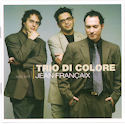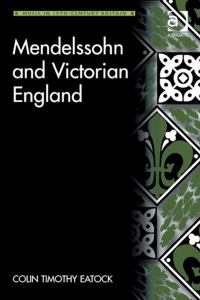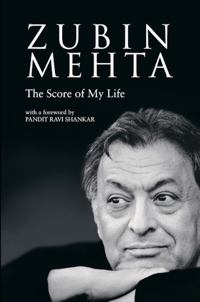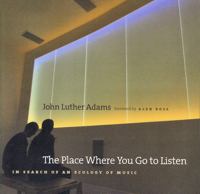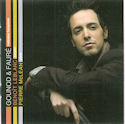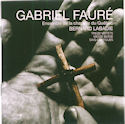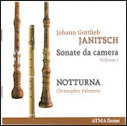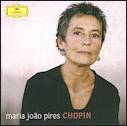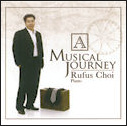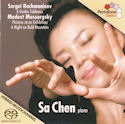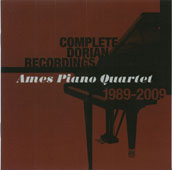"Piotr Anderszewski - Unquiet Traveller" Bruno Monsaingeon
 Piotr Anderszewski - Unquiet Traveller
Piotr Anderszewski - Unquiet Traveller
Bruno Monsaingeon
Medici Arts 3077938 ![]()
@Grigorian.Com
“Voyageur intranquille, Unquiet Traveller”, opens with pianist Piotr Anderszewski boarding the train that, by choice, will be his home, complete with grand piano and a kitchen, until the end of this tour. So begins the documentary of an extraordinary musical figure.
During this winter’s journey across Poland we will listen in on his conversations about musical aesthetics, love, and the composers for whom he has a special affinity. He speaks about his personal journey and the decisions that have led him to this point in his life.
His profound favourite composer is Mozart and he is delighted to vocalise passages from The Magic Flute, reducing the orchestral accompaniment to some basic keyboard figures. We also hear him in various venues across Europe playing Bach, Chopin, Szymanowski, Beethoven, Brahms, and Schumann. The film ends with a most affectionate tribute to Lisbon, now his home.
Anderszewski has the rare gift of sharing every performance with his audience, conveyed by his sincere, overflowing personality. Incidentally, he plays only works he likes!
Born in Warsaw in 1969, Anderszewski is a pianist with ample technique and an intriguing personal philosophy, proof that there is true musical force in his generation.


